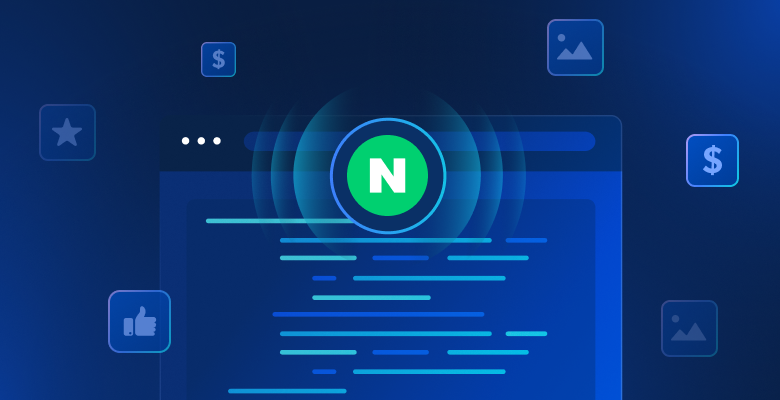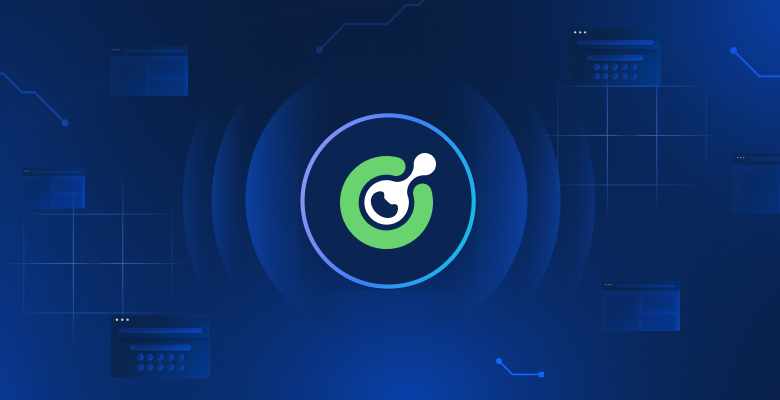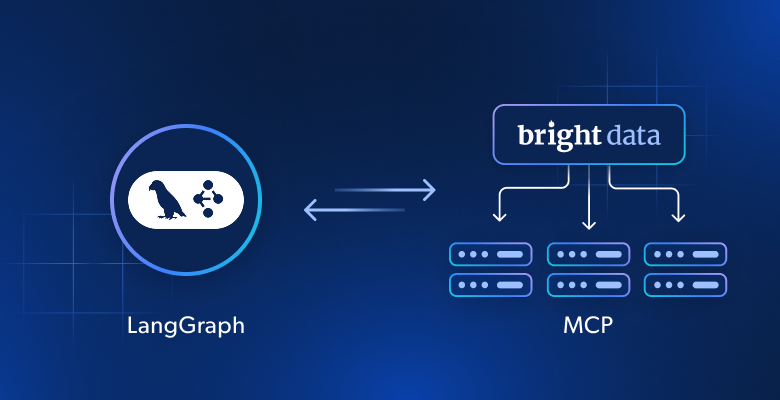In this article we will discuss:
- Why companies are prioritizing ‘look-alike’ discovery
- How web data is enabling businesses sharpen their USP
Why companies are prioritizing ‘look-alike’ discovery
Startups, early-stage companies, as well as seasoned industry players are looking to reevaluate their market, and audience by discovering companies with a similar sales proposition. This enables them to:
- Map the industry that they wish to (or currently) compete in, so that they can create more strategic market positioning.
- Understand how their competition differentiates their products, and services (USP) so that they can create new iron-clad moats, or strengthen old moats that are in dire need of reinforcement.
- Pinpoint the offers that target audiences engage with, as well as those that lead to conversions so that they can streamline their marketing funnel, as well as tweaking product specs, redefine service pricing/packages, while adding new app/web features wherever deemed necessary.
How web data is enabling businesses sharpen their USP
Here are the web datasets that companies are collecting in real-time, that serve as a basis for better strategic decision making when it comes to product-market-fit, as well as competing with new industry actors:
Industry mapping
- Directories can be an excellent place to identify key incumbents as well as emerging players. For example if you scan Crunchbase you can see which competing Software as a Service (SaaS) email automation solutions are currently operating. Once you have identified which competitors are of significant interest to you based on their solution’s offering, amount of seed/angel investments secured or the number of employees, you can then work to extract data from said company’s home page.
- Competitor site data collection will enable you to aggregate things like features, pricing, and even sales funnel content which can then help you get a better idea of what an ‘ultimate tool’ might look like for consumers looking for a full suite solution.
- Search engines are an excellent place to start mapping your industry since most modern buyer journeys begin with a simple search query. Cross-referencing consumer search terms, with click-through volume can give you a clearer picture of what content, and brands, consumers are served / choose to engage with in search results.
Identifying Unique Selling Propositions (USPs)
Competitive advertising discovery is one of the most effective ways to reverse engineer industry players’ USPs as these are typically displayed front, and center in client-facing marketing campaigns. Wix is a great example, in the below video, they state that Wix site templates can 1. ‘Be updated whenever you want’, 2. Enable users to perform easy drag, and drop site editing, 3. Provide businesses with quick, and simple blog/ WordPress integrations 4. Be enhanced utilizing built-in SEO optimization tools.
Source: YouTube
Competing website template solutions can use this information to better compete, and even up their game as far as customer-facing features are concerned.
- For startups looking to validate their ideas or identify other early stage companies across the globe working on a similar solution. Collecting information from accelerators can give them an idea of what entrepreneurs are currently working on so that they can ensure that their ideas will actually provide unique value when their products are finally rolled out.
Target audience engagement
- Collecting relevant information about target audience engagement, and sentiment (likes, shares, posts) as well as industry-relevant social media influencer activity, can shed light on what makes consumers tick. For example, high engagement on an influencer promoting an eCommerce-specific Customer Relationship Management (CRM) tool can highlight potential interest in a vendor-facing dashboard that provides sales insights while simultaneously serving as a store management machine. By adding CRM-like capabilities to an existing dashboard, the company in question can now provide a full-suite, one-stop-shop seller solution that surpasses anything currently available in their space.
- Monitoring brand/product reviews can help companies identify areas in which their competition is coming up short so that they can fill a real consumer-generated market need. For example, customers may review a securities investment tool, complaining that the data is not updated frequently enough, inhibiting them from acting fast on in-the-moment market trends. This is an opportunity for a new company to swoop in with a real-time stock analysis product feature which can be communicated to would-be consumers in marketing campaigns.
- Industry pricing market analyses have the potential for turning up quite a few gems. How is your competition pricing their Software as a Service (value-based, Freemium, usage-based, flat-rate, to name a few models)? If for example, the industry standard is currently to offer customers a flat-rate, and you decide to come in with a usage-based model this can be a game-changer in convincing businesses to switch service providers.
The bottom line
Whether you are inventing the wheel or optimizing an existing product funnel, taking a data-driven approach to honing your Unique Selling Proposition can help change the dynamic in your company’s favor. From search engine trends, and social media sentiment to pricing model mapping, and competitive advertising discovery, web data will empower decision-makers to pivot in places where true impact will be achieved.







